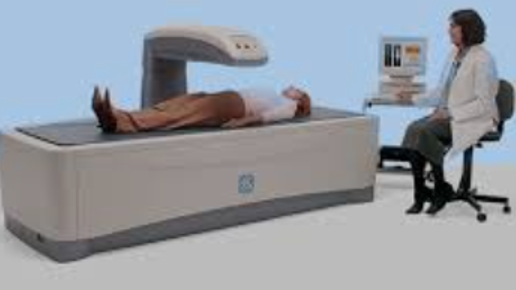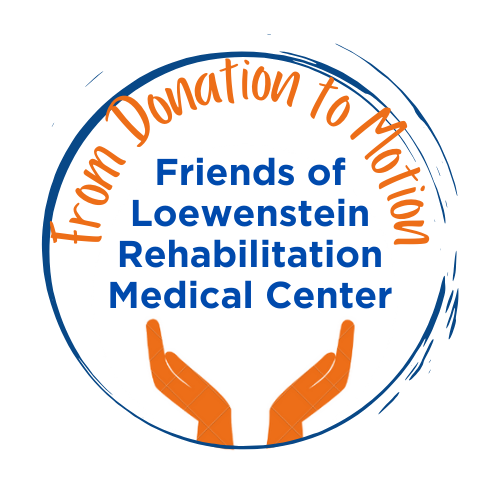Background
Osteoporosis is a chronic disease that manifests itself in a decrease in bone density that increases the risk of fractures in the hip, spine, wrists and more, causing severe abnormality, especially after hipfractures in which about 50% of patients do not return to normal functioning. A staggering 25% of the patient population lose their lives within the first year after a hip fracture.
Under-diagnosis of the disease delays appropriate treatment, increasing the risk of first and recurrent fractures.
In 2017, Loewenstein Medical Rehabilitation Center Department of Orthopedic Rehabilitation initiated projects under the new Clinic for Bone Health to close the gaps between diagnosis and treatment and was awarded highest score in osteoporosis care by the International Osteoporosis Foundation.
One of the world leaders in the field, the Department of Orthopedic Rehabilitation specializes in the rehabilitation of patients with limb injuries following amputations, joint replacements, fractures, burns, pain syndromes, and complex damages resulting from accidents or diseases. The main objective in this department is to restore mobility and independent daily functioning, with or without assistive devices.
The Need
Monitoring bone density is essential for patients bravely struggling to reclaim their lives after suffering injuries that significantly increase the risk of developing osteoporosis, including stroke, spinal cord and orthopedic injuries, traumatic head injuries, diseases of the nervous system and more.
Throughout hospitalization, it is critical to continually assess the appearance of any decreased bone density so early intervention will enable the prevention and reversal of this process. The DEXA system is essential for our patients, who trust us to obtain the most effective therapeutic equipment for them, even when it is beyond the range of regulatory public funding. Loewenstein considers this top obligation to provide our patients with the most advanced medical treatment.
Examining bone density with the DEXA Prodigy Pro for both in- and outpatients is the gold standard for diagnosing and monitoring osteoporosis. The device works on x-ray technology of an infinitely lower level of radiation, environmentally safe, so that it does not require isolated facilties and may be set up within the Orthapedic Rehabilitation Department. DEXA allows bone density tests for children and youth, a rare finding indeed in Israel.
The test lasts about 15 minutes in lying position. It is connected online to an international database and immediately compares the patient’s bone density to the average global population. From the medical report, a diagnosis is given with recommendations for further observation and treatment. 50% of all Loewenstein patients will pass through this device at least twice.


